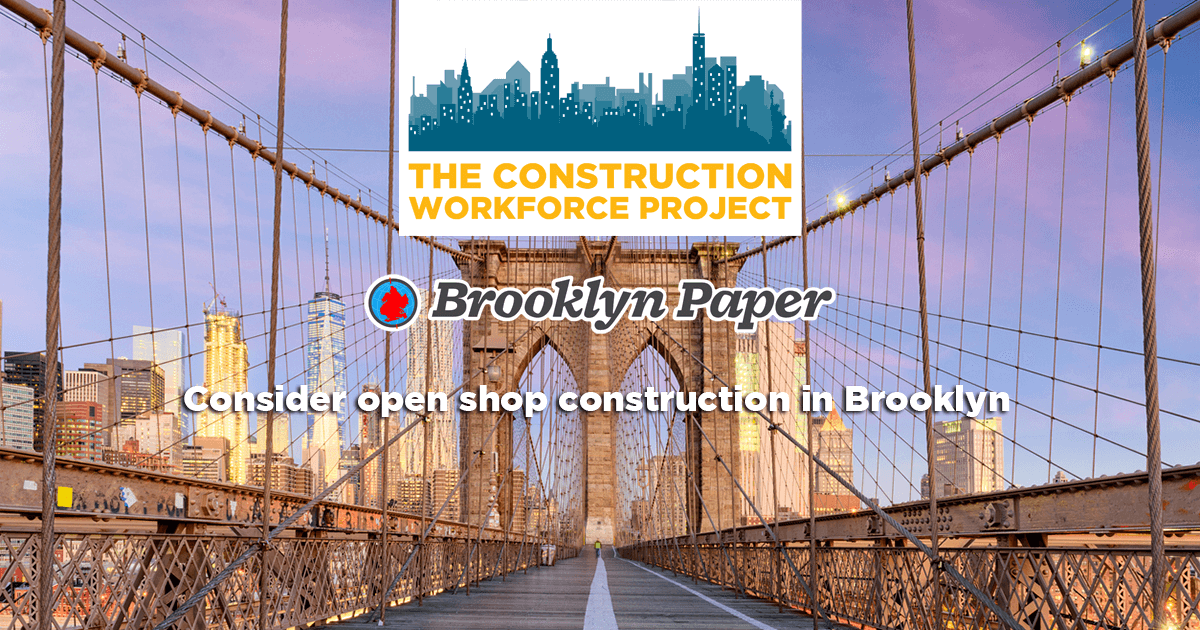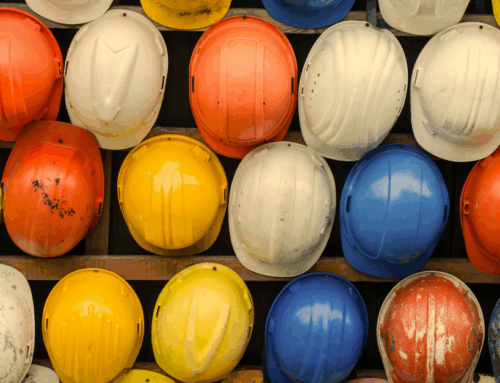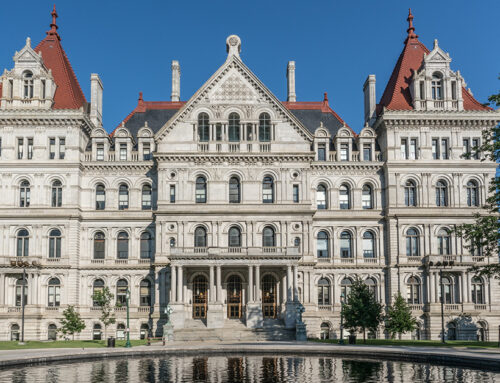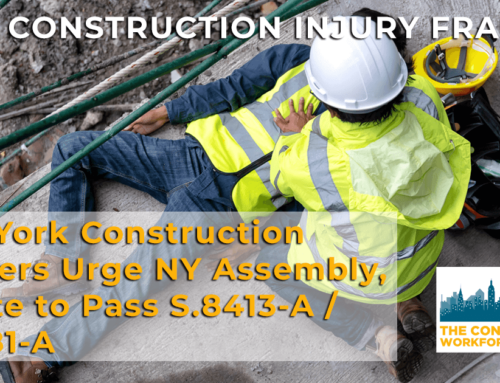By Construction Workforce Project, published in Brooklyn Paper:
To the Editor,
For some time now, Brooklyn has been in the midst of its own building boom, which has continued to drive economic growth all throughout the borough. But as the face of Brooklyn continues to change, the biggest question for stakeholders across the spectrum is how this development can be leveraged to spur opportunities for Brooklyn’s longtime residents to achieve meaningful employment.
We at Construction Workforce Project firmly believe that longtime Brooklynites should benefit from the rapid pace of development, which can only truly happen if construction job opportunities are made available to local residents, not just to workers commuting from outside the city.
But, the good news is that the construction industry is also changing. The industry’s recent shift from the restrictive union model to the open-shop hiring model has opened doors for Brooklynites to work in the field, earning wages and benefits far above that offered in other entry-level positions.
Stakeholders across Brooklyn have watched the borough change dramatically over the past few decades. As a new generation of Brooklynites moved in, fewer and fewer opportunities became available for the communities of color that had called Brooklyn home for decades. Those stakeholders also know that barriers to entry stand in the way of many workers gaining a job the many construction sites all around Brooklyn.
New developments always came with promises from developers and city politicians of new jobs for local residents. But when local residents applied for a position, they found they were not qualified because they were not in a union, consequently lacking the proper apprenticeship credits or training necessary to be considered.
However, the industry’s shift to open shop has meant more developers are free to work with safe, quality contractors, who have opened up the industry to those workers unable to join unions and access those employment opportunities.
Open-shop sites are statistically far more likely to hire a New York City–based and racially diverse workforce than their union counterparts. For reference, three out of four open-shop construction workers are black or Hispanic, and the same number are city residents. Now, construction sites around Brooklyn actually reflect the diversity of the borough, rather than the diversity of the suburban tri-state area.
The expansion of open shop has also meant more support for Brooklynites working on construction projects across the borough and the city. Thanks to new safety and skills training programs offered by open shop employers, more men and women are able to enter the industry. Open shop workers are able to earn a minimum wage of at least $20-per hour — which is much higher than the current state and federal minimum wages — on top of health-care programs and retirement packages.
And yet, despite all these benefits, the open shop and its workers have been relegated to afterthought status for many Brooklynites and their representatives. It’s only by bringing these conversations to the forefront of our agendas that meaningful policies will be put in place to protect the rights of open-shop workers and their families. We look forward to making this a priority for Brooklyn in 2019.
Construction Workforce Project is an advocacy group for non-union workers





